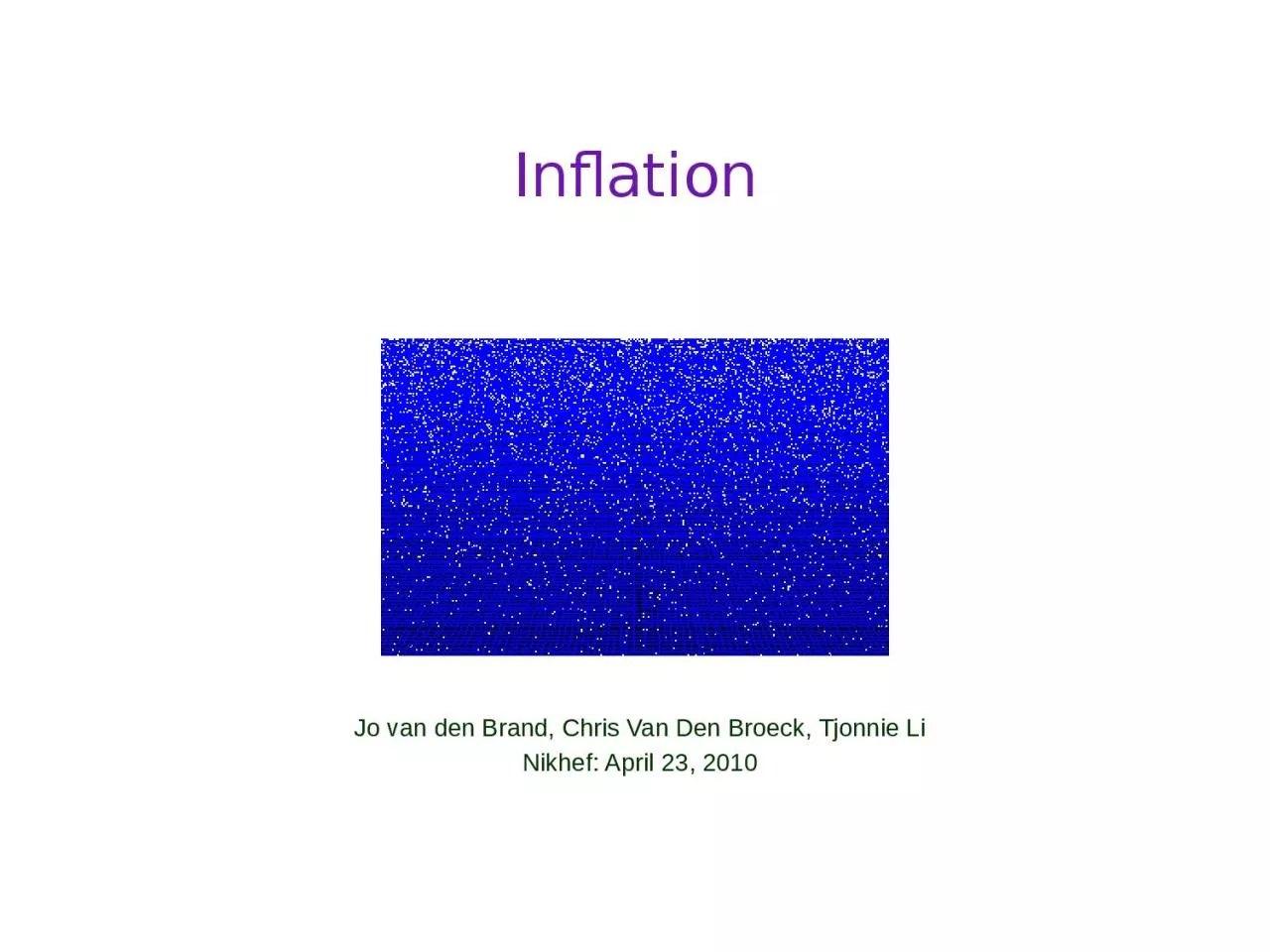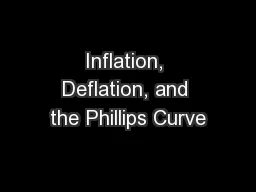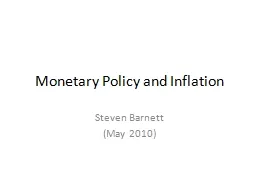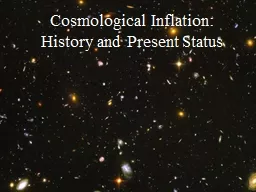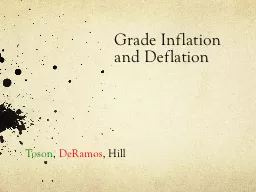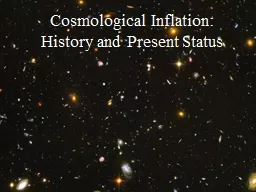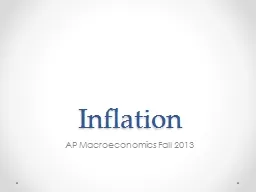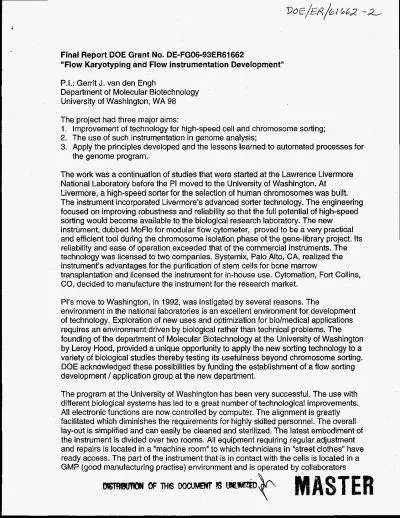PPT-Inflation Jo van den Brand, Chris Van Den
Author : arya | Published Date : 2023-10-27
Broeck Tjonnie Li Nikhef April 23 2010 Horizon problem flatness problem missing exotic particles Horizon largest distance over which influences can have travelled
Presentation Embed Code
Download Presentation
Download Presentation The PPT/PDF document "Inflation Jo van den Brand, Chris Van..." is the property of its rightful owner. Permission is granted to download and print the materials on this website for personal, non-commercial use only, and to display it on your personal computer provided you do not modify the materials and that you retain all copyright notices contained in the materials. By downloading content from our website, you accept the terms of this agreement.
Inflation Jo van den Brand, Chris Van Den: Transcript
Download Rules Of Document
"Inflation Jo van den Brand, Chris Van Den"The content belongs to its owner. You may download and print it for personal use, without modification, and keep all copyright notices. By downloading, you agree to these terms.
Related Documents

